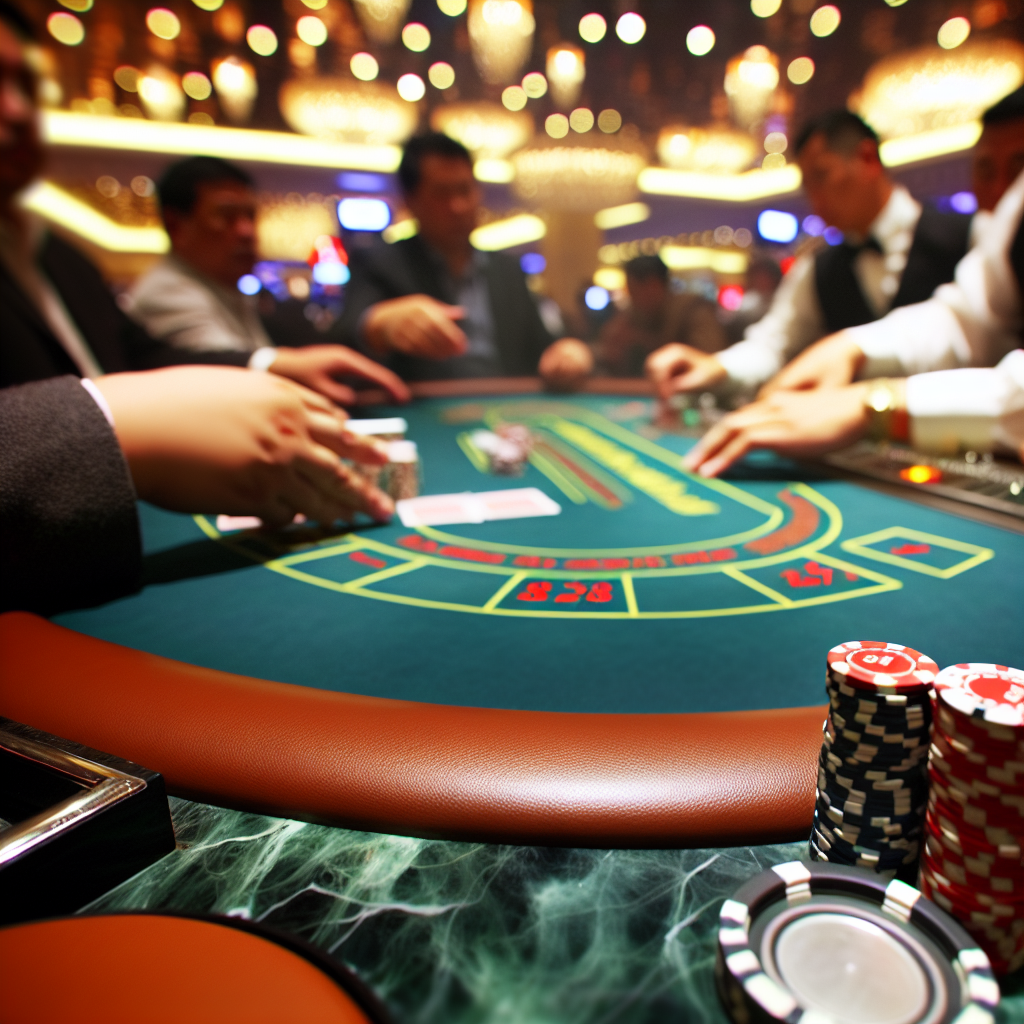
Adopting Casino Architecture Player Emotions: What to Prioritize
Understanding the interplay between casino architecture and player emotions is crucial for creating an environment that encourages longer play and increased spending. The design elements — from colors and lighting to spatial layout and acoustics — are meticulously curated to evoke specific emotional responses. For example, warm colors and soft lighting can create a sense of intimacy and comfort, encouraging players to linger. But how do casinos balance aesthetics with psychology to optimize player engagement?
Tooling, Data, and Systems Behind Casino Architecture: How Design Shapes Player Emotions
To achieve the desired emotional impact, casinos rely on a blend of data analytics and design expertise. Advanced tracking systems collect data on player behavior, enabling designers to refine layouts and elements that maximize engagement. Casinos often use simulations to test various configurations, ensuring that each change aligns with business goals. Do these architectural strategies genuinely affect player decisions? The ongoing analysis offers insights into player preferences and behaviors, threading innovation into the fabric of casino design.
Execution Playbook: From Pilot to Scale
Implementing a successful design strategy begins with piloting small-scale changes. These initial tests allow casinos to gauge the effectiveness of new design elements without committing to full-scale renovations. Once a design proves successful, the next step is scaling up. Here, consistency is key; all elements must harmonize to maintain the desired emotional impact. This approach ensures that the emotional cues remain clear and potent, fostering a cohesive experience across all areas of the casino.
On balance, the journey from pilot to scale exemplifies how thoughtful design, informed by data, seamlessly integrates with strategic business objectives.
What is casino architecture?
Casino architecture refers to the design and layout of a casino, which aims to create an engaging environment for players.
Why is lighting important in casino design?
Lighting is crucial as it helps set the mood, highlight gaming areas, and guide players through the casino.
How do colors influence player emotions in casinos?
Colors are used strategically to evoke specific emotions; warm colors can create excitement, while cooler tones may encourage relaxation.
What role does floor layout play in a casino?
The floor layout is designed to maximize space utilization and ensure easy navigation, encouraging players to explore more gaming options.
Why do casinos often lack clocks and windows?
Casinos minimize clocks and windows to create a timeless environment, reducing distractions and encouraging longer play.
How is sound used in casino design?
Sound is used to create an immersive atmosphere; background music and sound effects can enhance excitement and mask unpleasant noises.
What psychological tactics are used in casino architecture?
Design elements like maze-like layouts, strategic lighting, and sensory stimuli are used to influence player behavior and prolong stay.
How does the design of a casino affect player decision-making?
Design elements subtly influence decision-making by creating a comfortable, engaging environment that encourages risk-taking.
What is the role of technology in modern casino design?
Technology is integrated to enhance security, provide interactive experiences, and streamline operations, improving the overall customer experience.
How do advanced design principles cater to high-roller players?
Advanced designs often include exclusive, luxurious areas for high-rollers, offering privacy and premium services to enhance their experience.
Authored by CasinoVVV’s official editorial team, ensuring every article reflects clarity, depth, and reliability for the global gaming community.
Read also: Global Cashless Casino Index 2025
